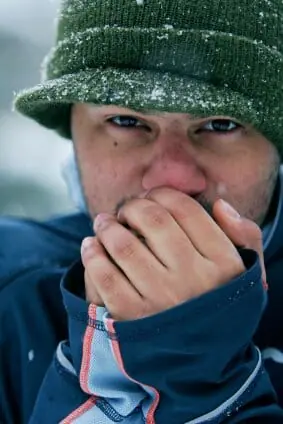Overexposure to heat or cold can make a person seriously ill. In this section we will cover
heat-related emergencies such as: heat cramps, heat exhaustion and heat stroke. We will also
cover cold-related emergencies such as: frostbite and hypothermia.
– Heat-Related Emergency:
– Cold-Related Emergency:
– Heat-Related Emergency:
– Cold-Related Emergency:
Heat Cramps:
This is the least severe of the heat-related emergencies. Normally cramps are caused by too
much exercise. Once a person has rested and feels better they can carefully resume exercise.
Stretching and icing the painful muscles may help.

Heat Exhaustion:
If this condition is not treated, it can lead to a heat stroke. Heat exhaustion may occur if
a person is in the heat for a long period of time or is sweating a lot. It often affects
athletes, firefighters, construction workers, and factory workers, and those who wear heavy
clothing in hot and humid environments.

Heat Stroke:
This is the least common but the most severe heat-related emergency. It develops when the
body system is overwhelmed by heat and begins to stop functioning.
Frostbite:
Frostbite occurs when a part of your body is exposed to extreme cold. It typically affects
the fingers, nose, ears and toes. Severity of this injury depends on the temperature, length
of exposure and wind. In the most severe of cases, frostbite can lead to a loss of the
affected body part. Remember, do not rub the frostbitten area.
Hypothermia:
Hypothermia is when the entire body cools because its ability to keep warm fails. This
condition is severe and can lead to death. The temperature does not have to be below
freezing to develop hypothermia. If a person stops to shiver, this is a sign of further
deterioration. Shivering stops when the body temperature is very low.